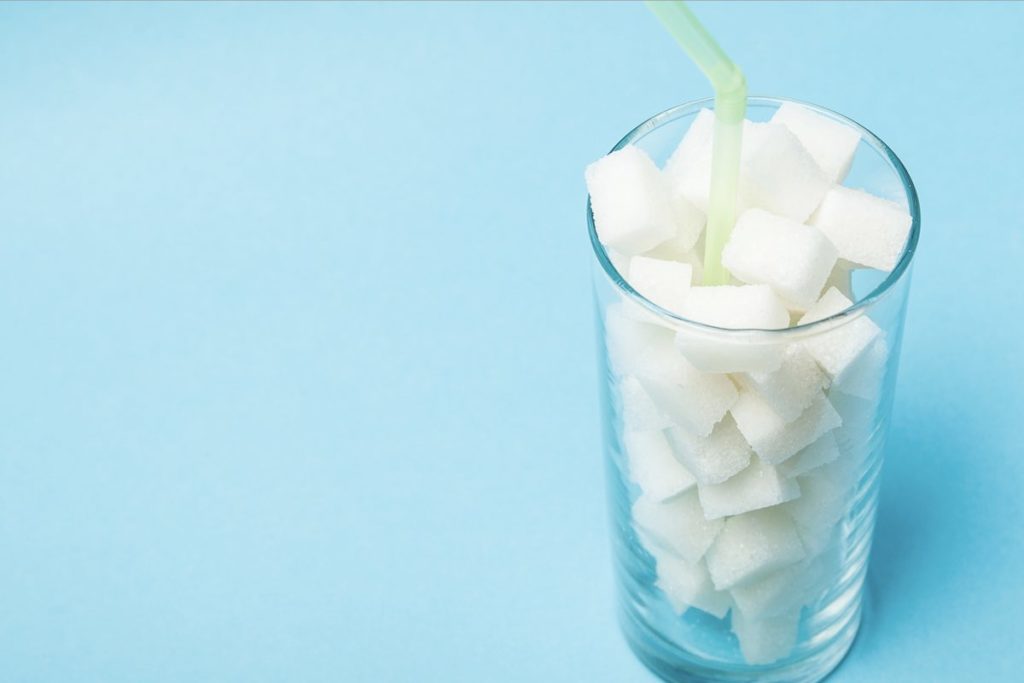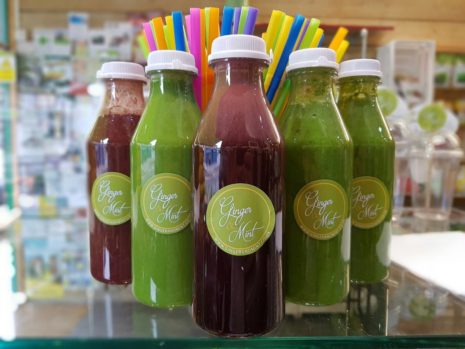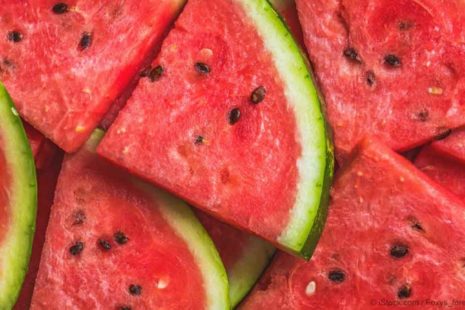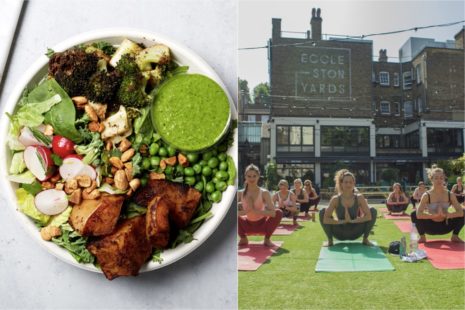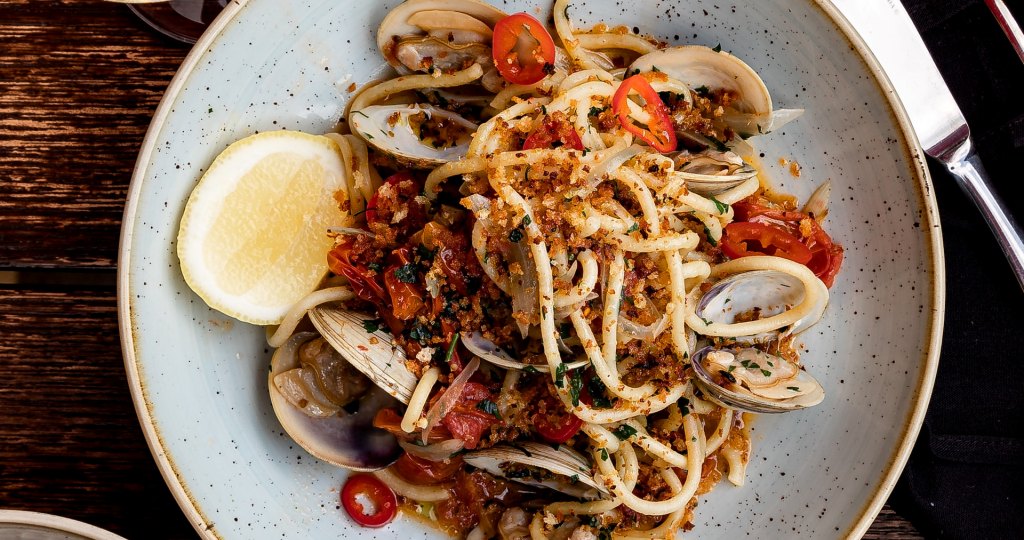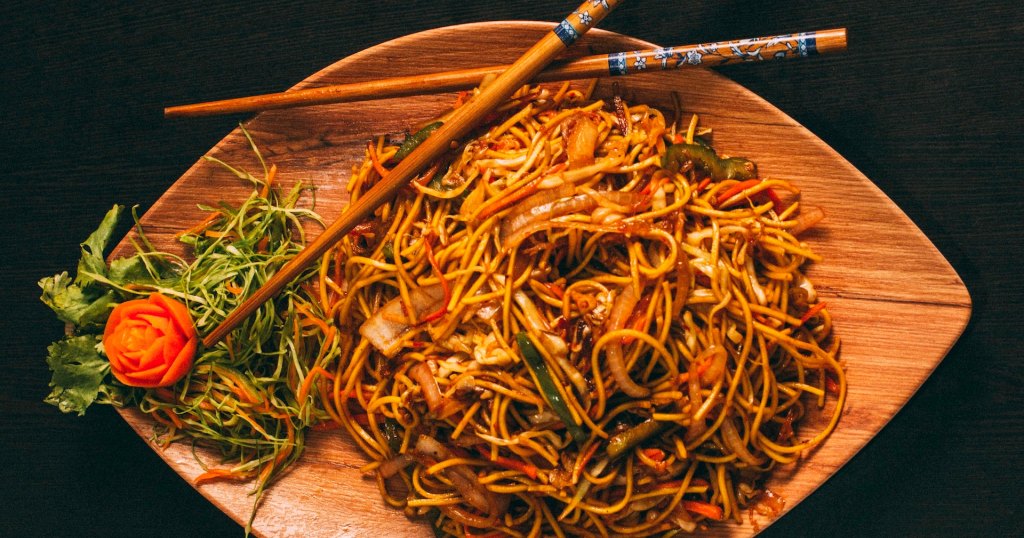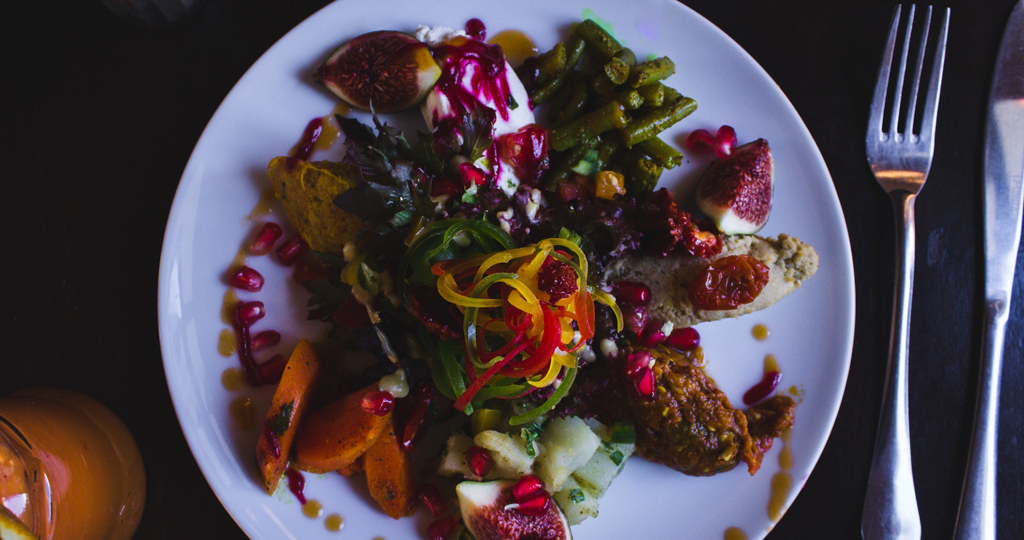Inside the wellness bubble, the world seems to be getting healthier but worryingly, cases of type 2 diabetes among young people have risen 41% in three years. DOSE talks to Fiona Lawson, a registered nutritional therapist and nutritionist about how to beat your sweet tooth with 6 easy steps…
The latest Public Health England guidelines dictate that adults should have no more than 30g of added sugar per day. This equates to just over 7 teaspoons. That might sound like a lot, but it’s easy to surpass the limit. A single can of coke, for example, contains a whopping 35g of added sugar.
Even a basic strawberry yoghurt can contain 10g. And far from simply causing tooth decay, we now know the ramifications of excess sugar consumption are far-reaching. Studies suggest that that high consumption of the sweet stuff can contribute to type-2 diabetes, heart disease and cancer. Newer research is even linking excess sugar to the development of dementia. So why is our intake still so high? The issue is two-fold. Firstly, people are consuming sugar without realising it.
Secondly, we’ve all learnt to eat in a way that primes us to crave sugar. You can have the strongest willpower in the world, but eventually physiological drives become too hard to ignore. This might be why, despite the guidelines, the average woman continues to consume 49g of added sugar per day, and the average man consumes 68g. However, the good news is that you can also make your physiology work for you. You can reset your palate, tame your appetite and banish those sugar cravings—in turn protecting your health for the longterm. If you’re interested in breaking your attachment to sugar, here’s where to start:
1) Check ingredients labels
A key step in controlling your sugar intake is knowing when you’re eating it. We’re all aware that there’s a good dose of sugar in cakes, sweets and fizzy drinks, but did you know it can also be lurking in cereals, crisps and condiments? A single serving of ketchup, for example, contains a whole teaspoon of sugar. Get into the habit of checking ingredients labels. As a rule of thumb, if sugar is listed within the first 3 ingredients, that food is best avoided (at least while you’re resetting your palate). Remember, sugar comes in many guises. As well as straightforward ‘sugar’, look out for the following ingredients: barley malt; corn syrup; dextrose; fructose; fruit juice concentrate; maltose; maltodextrin; rice syrup; saccharose and xylose.
2) Embrace fat
As well as enabling many metabolic functions—including the production of hormones—eating adequate healthy fat is essential for regulating your appetite. In fact, a 2017 study found that eating a meal that included polyunsaturated fats significantly decreased hormones associated with hunger, and increased hormones associated with satiety. If you often find yourself craving something sweet after a meal, upping your fat intake can be an easy way to diminish that desire. Good sources of polyunsaturated fat include fatty fish, flaxseed oil, walnuts and sunflower seeds. Women should aim for a thumb-sized serving with each meal, while men should shoot for two thumbs’ worth.
3) Harness the power of protein
Like fat, eating protein has a powerful impact on your appetite. In fact, one study found that increasing protein consumption reduced total daily energy intake by up to 500 calories. Protein helps to keep your hunger in check—so eating the right amount could prevent you from reaching for those sugary snacks in between meals. Guidelines dictate that the average adult should consume 0.75g of protein per kilogram of body weight each day. However, focusing on exact numbers is neither helpful nor sustainable in the long-term. Instead, simply aim to eat a palm-sized portion of protein with breakfast, lunch and dinner. These could be from animal sources such as meat, fish, dairy and eggs, or from non-animal sources such as legumes, nuts and seeds.
4) Choose ‘low and slow’ carbs
When it comes to controlling your cravings, balancing your blood sugar is critical. When you eat something sweet or starchy—typically in the form of refined carbohydrates—your blood sugar shoots up, only to crash soon after. The resulting state of low blood sugar makes your body think it needs more glucose, so it revs your appetite to drive you to eat even more sweet and starchy foods. So how do you get off this blood-sugar rollercoaster? Along with eating appropriate amounts of protein and fat, a simple yet powerful tactic is to choose complex carbohydrates. These typically contain more fibre, so are broken down and absorbed more slowly, thus preventing those blood sugar spikes and troughs. Fibre-rich sources of carbohydrates include whole grains, sweet potatoes, root vegetables and pulses.
5) Say no to sweeteners
When you’re looking to reduce your sugar intake, it seems logical to swap actual sugar for sugar alternatives. After all, we’ve been led to believe they have no effect on our metabolism. Sadly, that simply isn’t true. One illuminating study revealed that individuals who drink diet fizzy drinks actually weigh more and have a wider waist circumference than those who don’t consume sweeteners. We don’t yet know the exact mechanism behind this, but it’s likely that the synthetically sweetened drinks prime our bodies to expect sugar. When no sugar is available to be absorbed (as is the case with diet drinks) the body revs the appetite as a compensatory measure, leading people to eat more overall. Along with sugar, dramatically reduce (and preferably eliminate) all synthetic sweeteners from you diet. These include ingredients such as aspartame, sucralose and saccharin. You’ll be amazed at how quickly your palate readjusts—and you’ll soon find that you no longer desire such sweet flavours.
6) Focus on low-sugar fruits for a month
It’s true that fruit, and particularly tropical fruit, can be rich in sugar. However, unlike simple added sugar, fruit provides you with a plethora of vitamins, minerals, phytonutrients and fibre. Not only do these help you use the glucose appropriately, but they also play a role in host of other metabolic functions.
Having said this, repeatedly eating sweet things can make you crave more sweet things. While you’re endeavouring to reset your palate, it’s sensible to opt for fruits that are naturally less sugary. Good low-sugar choices include berries (blueberries, raspberries, blackberries, blackcurrants and redcurrants), apples, pears and plums. Enjoy up to two servings daily for a month or two while you retrain your taste buds. If you’ve followed the steps above, you’ll then be able to eat sweeter fruits (such as grapes, pineapple and mango) without kick-starting those cravings.
